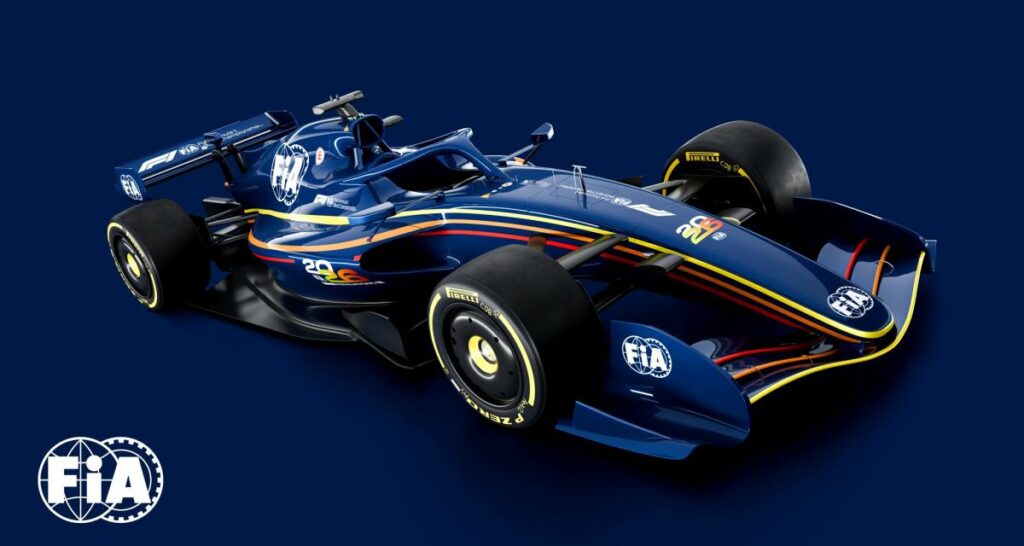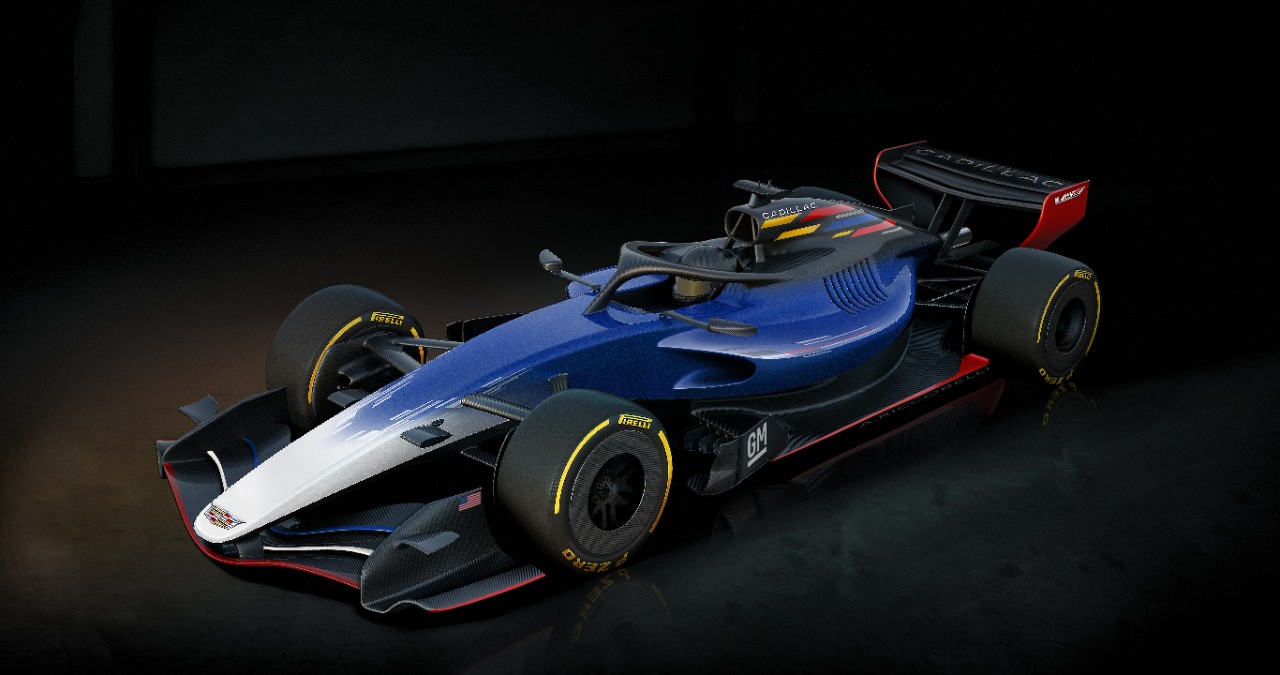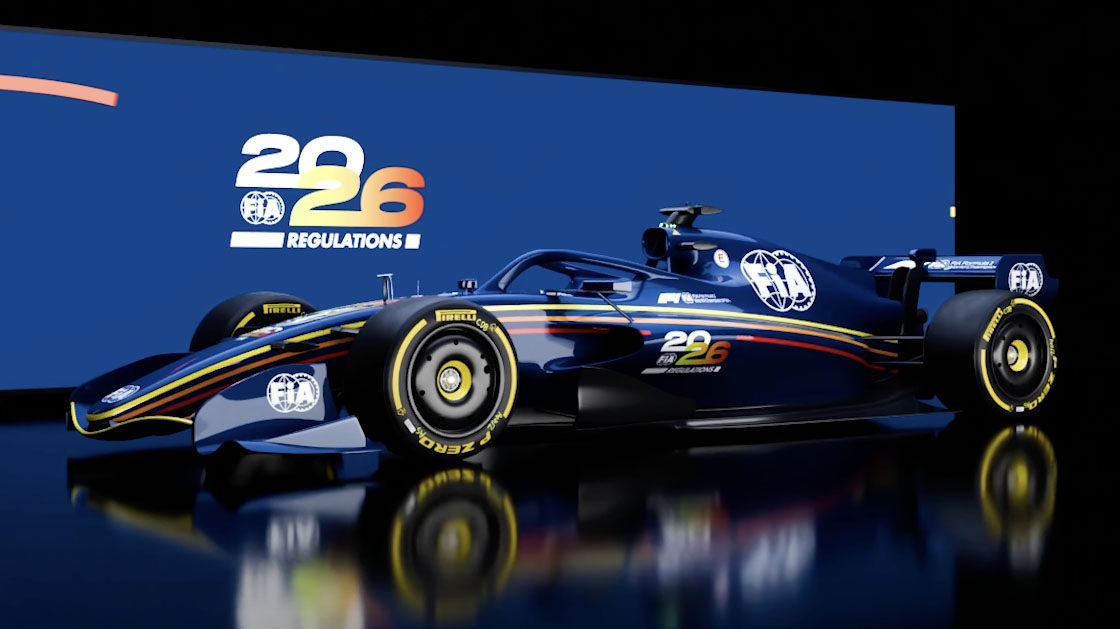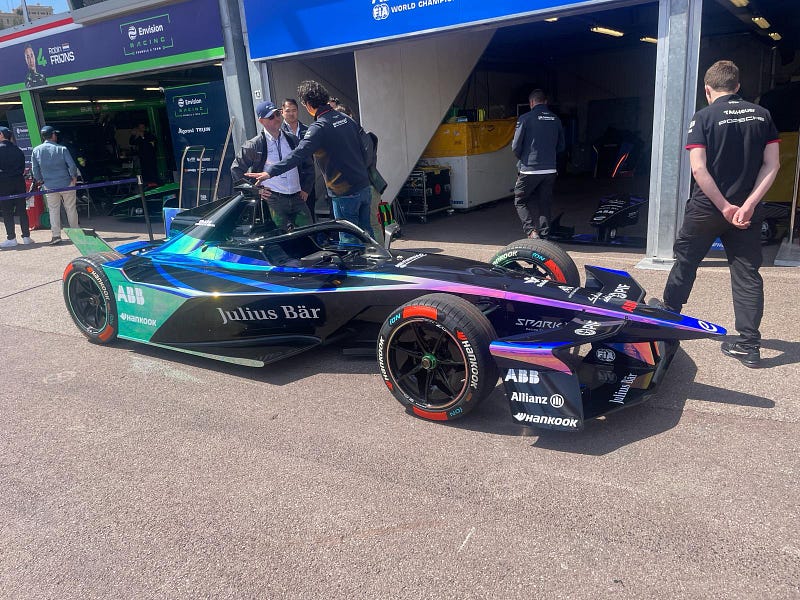Shortly after the Las Vegas Grand Prix, it was announced that Formula One had reached a provisional accord with General Motors to commit to the introduction of Cadillac as the 11th constructor in F1 from 2026 onwards.
A long time coming
The announcement came as somewhat of a surprise to the F1 community. Earlier this year, Andretti, working together with Cadillac, was aiming to reach to top of the racing sport in 2025. The FIA, the sports governing body, initially approved the bid. However, the bid was rejected after an assessment by the commercial section of Formula One. The assessment concluded that, at the time, the Andretti team would not bring a significant value to the brand of Formula One, stating that the ‘Andretti’ brand name would profit substantially more than F1 would, and that the team would not be competitive enough. The other constructors on the grid also expressed their negative opinion on the Andretti team joining, due to the reduced income that would result from an 11th team entering the ranks.
The Andretti name carries quite some weight in American motorsport. Michael Andretti, who led the racing team at the time and spearheaded the campaign to join F1, raced in both F1 and IndyCar. His father, Mario Andretti, was even more successful, becoming F1 Drivers World Champion in 1978.
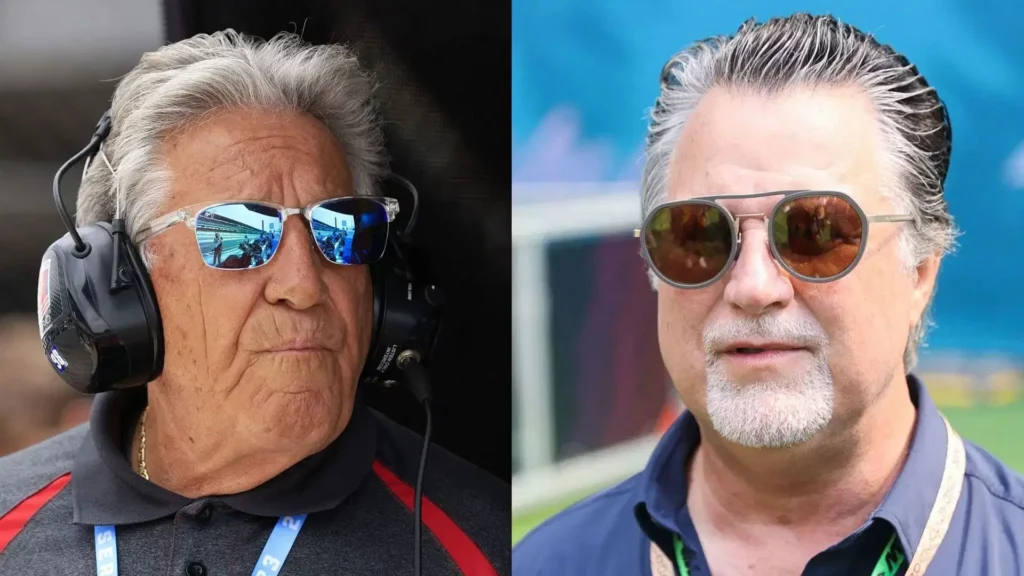
In October, Michael Andretti announced that he would be stepping down from the day-to-day managing of the racing team. With Cadillac now at the forefront of the project, and General Motors showing commitment to fully enter the sport, the bid was fit to go through. GM’s main commitment was the agreement to pay additional fees to balance the reduced incomes to the other teams. Furthermore, General Motors will, in 2028, become the engine supplier for the team. Until that time, Cadillac will use either Ferrari or Honda engines. Mario Andretti, the last American F1 champion, will stay attached to the project in an advisory role.
Becoming an F1 team
The entry of Cadillac/GM is the first new entry of a team in a long time. In 2010, three new teams entered the sport. Lotus Racing, Virgin Racing, and HRT. All these teams struggled to perform in the seasons, and none of the teams are currently around. Reportedly, following the addition of three ‘uninspiring’ teams, F1 made it harder to join the grid.
To gain entry into F1, a new team has to be assessed and approved by both the FIA, the governing body, and the commercial body. To pass the assessment of the FIA, a team must first buy a license for $200 million. Then, the FIA will assess whether a team has all the necessary infrastructure and various resources to create and field two safe and competitive F1 cars. Then the commercial body will make its assessment. As with Cadillac/GM, the commercial assessment determines the added value of a new team for the brand and image of the sport. Important in all this, is longevity. Formula One requires a longstanding commitment from the teams.
These long commitments are incredibly costly. The Andretti team, which will now operate as the Cadillac team, had already matched the FIA’s requirements, meaning that they already had invested heavily in the creation of their car. This involves building factories with enough space to design, construct, test, and analyse F1 cars.
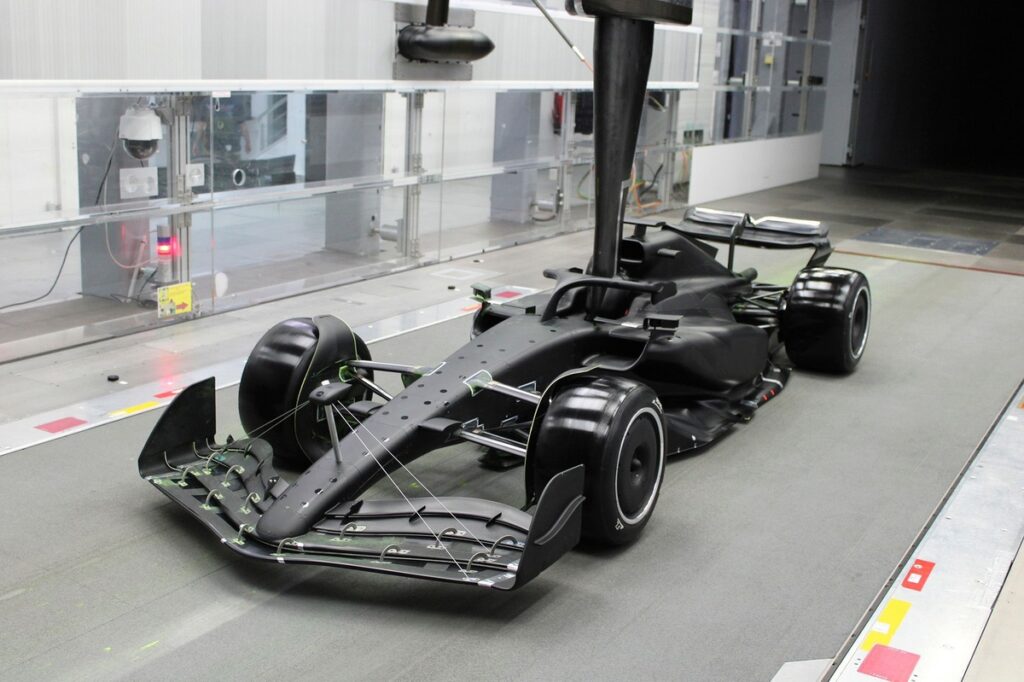
For most, buying a team that already has these requirements is the preferred course of action. Take for example Audi, which have committed to Formula One from 2026 onwards. The Audi F1 team will be formed through the acquisition of the Sauber group, who previously raced under the names BMW Sauber, Alfa Romeo, and currently Stake. The Audi F1 team will pick up from where the Sauber team left things. The change in ownership is still interesting of course. New brands committing to the team can allow for more research & development and sponsor deals.
F1 in America
The entry of Cadillac/GM is the next in a long line of Formula One’s attempt to get the full attention of the American racing fans. The relationship between F1 and the United States has always been a bit rocky. For a time, F1 could not nearly match the popularity of IndyCar or Nascar. In the last couple years however, F1 has gained steady traction within the US. A large part of that is credited to the overwhelming success of Drive to Survive, a dramatised Netflix documentary series about the F1 seasons. F1 also increased its presence in the US, with the additions of Miami and Las Vegas to the calendar.
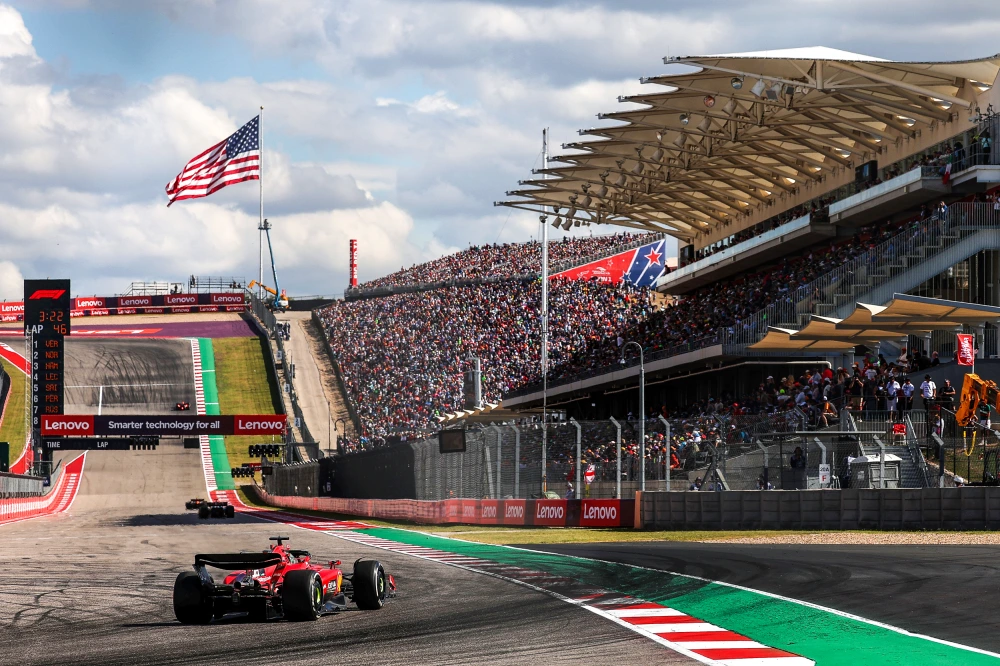
Together with Texas, the US now hosts 3 Grand Prix. More than any other country. But there was still one thing lacking: A real American team to root for. While, yes the Haas F1 team is officially American, the team has not been able to truly grab the attention of the US fans. A team like Cadillac/GM could do that. Especially if they put American drivers in the car.
Changing landscapes
With the addition of Cadillac/GM, the Formula One 2026 season is set to become one of the most interesting seasons. Apart from Cadillac F1 team joining the grid, as previously mentioned, Audi will join the sport as both a team and as an engine supplier. Furthermore, Ford will enter a partnership with the Red Bull Powertrain, and Honda will return to supply engines for Aston Martin.
But the most important reason why the anticipation for 2026 is so high is due to new regulations. In 2026, the F1 cars will undergo drastic changes to the general construction. Cars will be smaller and rely on active aerodynamics, and the engines will rely on a 50/50 split of combustion and electrical energy. Potentially, the current order could be completely reshuffled in 2026. A great time to join and enjoy the pinnacle of motorsport.
